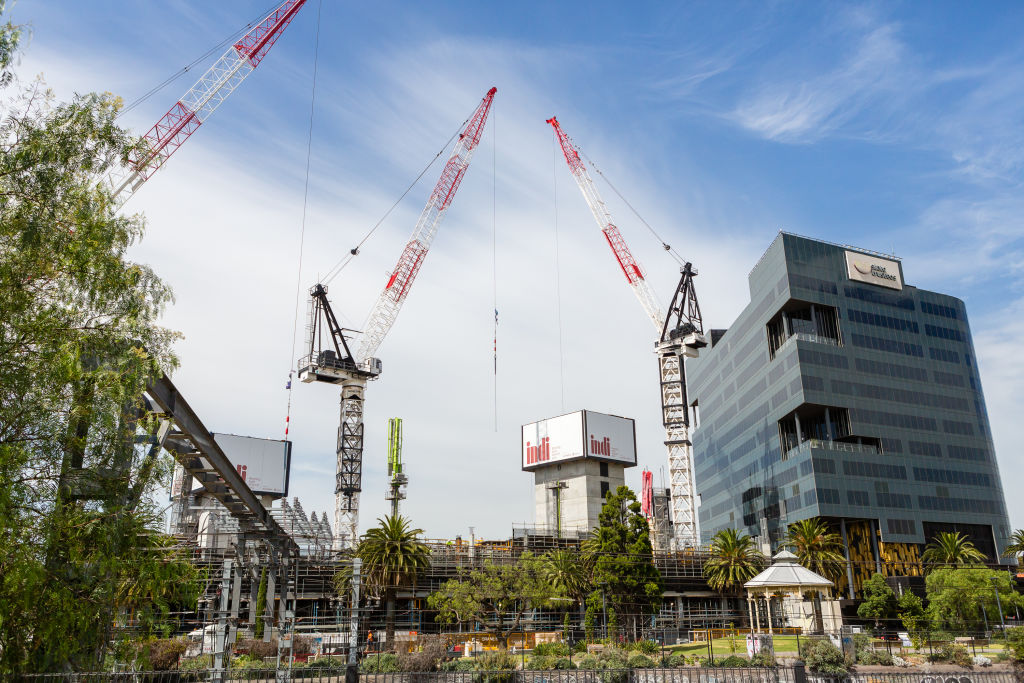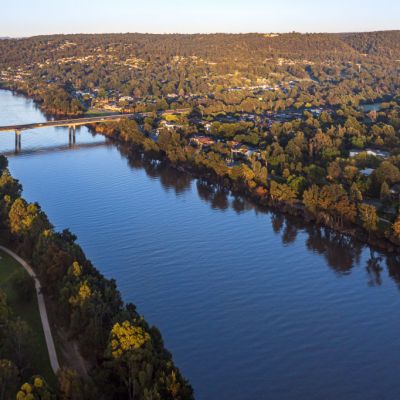How property investors can take advantage of rezoning

The rezoning of land can offer huge opportunities for investors looking to put their money in real estate areas where values are likely to rise – as long they’re thoroughly researched first.
That means the rezoning of rural areas throughout inland Australia for residential housing or, as is currently happening in NSW, the rezoning of land around eight major rail and metro stations in Sydney, could pave the way for 45,000 new homes by 2027.
“That does offer a lot of potential for investors as long as the high density that results is done well,” says buyers’ agent and property solicitor Nick Viner of Buyers Domain. “It can mean a lot more people coming to an area, bringing new life to the retail and shopping and cafes and restaurants.
“But investors need to make sure of the build quality of what they’re buying and the plans for amenities, open spaces, setback, lighting – everything.


“There can be really good opportunities, but they have to be judged on a case-by-case basis, with lots of research on the area and what’s going to happen.”
The critical housing shortage is foremost on the mind of every level of government – federal, state and territory, and local – and each tier is empowered to rezone certain spots within their region.
These may be one-offs or may come in tranches, such as the NSW government’s initial target of areas within 1.2 kilometres of stations, and secondary phase of introducing new planning regulations within a 400-metre radius.
Different states often also have different regulations on rezoning. In Victoria, for instance, a windfall gains tax has recently been introduced – a property tax that applies to certain land that is rezoned and results in a taxable value uplift of more than $100,000.

In Western Australia, there have been huge rezoning movements, with 15 areas in Perth and Peel being examined to see if changes in current land use and zoning are appropriate.
“Rezoning does definitely represent opportunities for investors and can often set precedents, with value rises trickling down through the rest of the area,” says MCG Quantity Surveyors managing director Mike Mortlock. “It can provide windfalls, but it does involve a fairly sophisticated investment strategy.
“You have to look at all the information, the development control plans, the local environmental plans, and anything that can come from the state or local government.
“These might be part of plans for a growth corridor or transport corridor and there might be a train station or new road going in. Plans might also be up for public consultation.”
Buyers should also beware that things can change unexpectedly, perhaps as a result of community action against these plans.
Rezoning proposals around Catherine Hill Bay on NSW’s Lake Macquarie, for instance, sparked heated opposition and a long resistance campaign.
But when it’s good, it can be excellent for everyone.
“Rezoning offers property investors the opportunity to develop underutilised properties, maximising their potential and profitability, for instance, by converting an old warehouse district into a residential area,” says Rethink Property Investing co-founder Mina O’Neill.
“In the current market, we’re seeing more opportunities than ever before due to unprecedented population growth, with councils grappling with the task of keeping up with the supply of new houses.”
We recommend
We thought you might like
States
Capital Cities
Capital Cities - Rentals
Popular Areas
Allhomes
More










